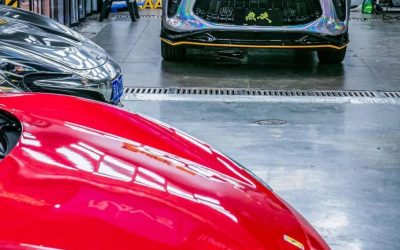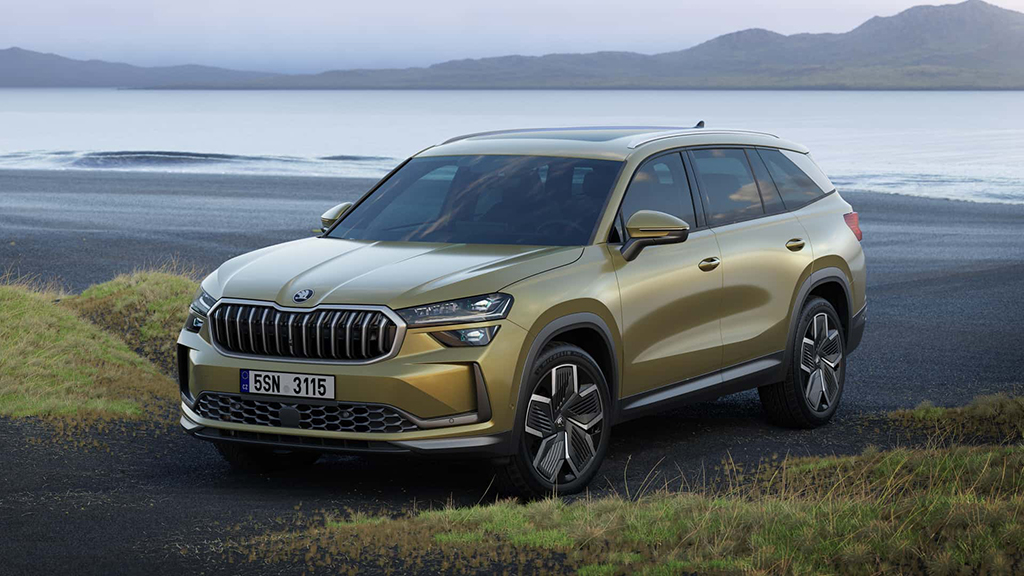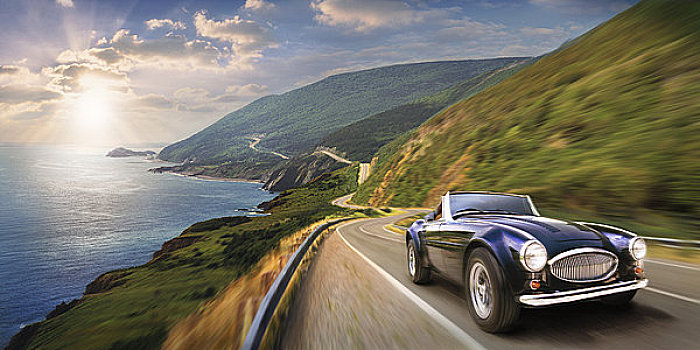Underestimated Power: The Land Rover Range Rover Velar

The Land Rover Range Rover Velar, part of the Range Rover lineup, faces challenges in terms of market performance compared to its siblings like the Range Rover Sport and the standard Range Rover. While the recently revamped Defender has received acclaim for its comprehensive experience, balancing comfort and off-road capabilities, it stands out as a benchmark model.
However, it’s worth noting that, apart from the high-end offerings from Land Rover, most of its models haven’t achieved significant sales figures, even with substantial price adjustments. The sales distribution of Land Rover models seems to follow a pattern of “polarization,” with some models performing exceptionally well while others struggle to gain consumer interest. The Range Rover Velar we’re discussing here is an example of the latter.

Since its release, the Range Rover Velar has garnered attention and even earned the title of the “most beautiful Range Rover” from consumers. Its low-slung profile and elongated proportions give it a dynamic and sporty appearance, creating an SUV with a strong resemblance to a sports car. Combined with Land Rover’s classic design elements, the Velar has gained recognition from many consumers. However, despite the initial interest, the sales figures have fallen short of Land Rover’s expectations.
Despite multiple facelifts and updates from the 2017 model to the 2023 version, the Range Rover Velar’s performance has remained relatively subdued. The question arises: why, with Land Rover’s powerful brand influence in the high-end market, has the Velar struggled to capture consumer attention?
From my perspective, the Range Rover Velar possesses substantial strength, but it faces tough competition. Considering the price of the top-tier Velar, consumers could opt for entry-level versions of large luxury SUVs from top-tier brands or mid-to-high-range versions of second-tier large SUVs, making the market positioning of the Velar less clear. Additionally, the Velar’s on-road performance doesn’t surpass that of similarly priced Mercedes-Benz, BMW, or Audi models, and its off-road capabilities are not as impressive as competitors like the BMW X5. Furthermore, Land Rover’s strong presence in the high-end market doesn’t necessarily translate to success in other segments, and the Velar is no exception.
After two days of testing, the feedback from the Range Rover Velar, specifically the 2022 340PS HSE R-DYNAMIC, has been positive. It demonstrates strength in various aspects, including dynamic performance. The 3.0T engine with 340 horsepower and 480 N·m torque, combined with an 8-speed automatic transmission, all-wheel drive, and air suspension, provides a comfortable on-road experience with a hint of off-road capability. The Velar excels in acceleration, with a 0-100 km/h time of around 6.3 seconds, despite its hefty weight.
The 8-speed automatic transmission contributes to a smooth driving experience, enhancing the Velar’s acceleration capabilities. Despite the Velar’s weight of over 2.1 tons, it manages to deliver competitive acceleration results, even if the advantage is not as pronounced compared to some competitors in the same price range.
The Velar’s comfortable ride quality stands out during city driving, providing stability and smoothness even in stop-and-go traffic. The vehicle’s adaptive air suspension and low center of gravity contribute to its stability on uneven surfaces. Equipped with high-end Pirelli tires designed for premium SUVs, the Velar improves its on-road performance. However, the grip of these tires may fall slightly short of expectations, especially during high-speed cornering.
One of the Velar’s strong suits is its impressive noise insulation. With an active noise reduction layout and ample soundproofing materials, the vehicle maintains a high level of quietness across various road conditions. The optional 19-speaker Meridian sound system further enhances the auditory experience, and for those with a more generous budget, upgrading to a 23-speaker setup promises a qualitative improvement.
In conclusion, the Range Rover Velar, positioned as a mid-to-high-end model, exhibits strengths that are on par with other similarly priced models. Unfortunately, due to various factors, it has not gained the market recognition or become a “darling” among consumers. Perhaps in the future, the Velar’s sales figures may stabilize within a certain range.











